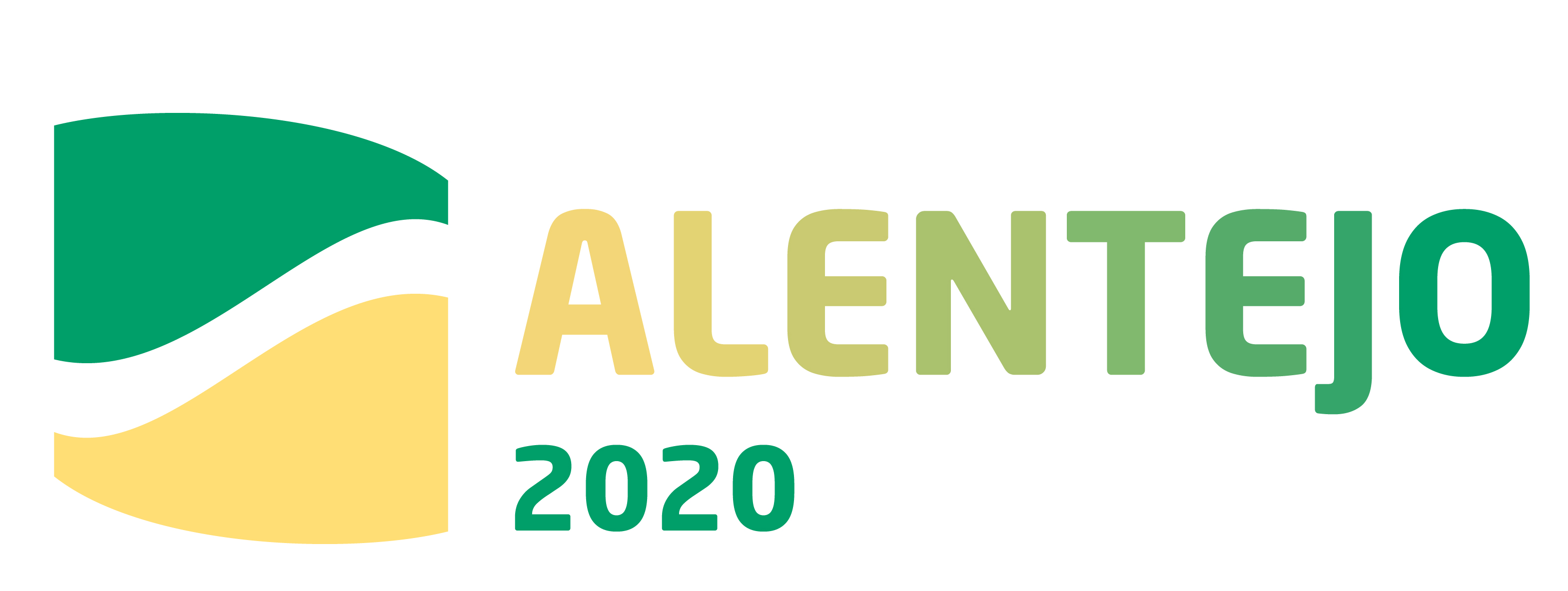CoastNet is implemented through:
- A near real-time earth observation data centre
- A set of sensors to collect in-situ data on environmental and biological parameters transmitted in near-real time to the data centre
- An array of acoustic receivers to track marine fauna movements
- A web-based platform, integrating the whole database and providing open access to the information
This will allow a better understanding of coastal and transitional waters ecosystem functioning, assessing long-term trends and spatial variability. Gathering such scientific knowledge is expected to support scientific production, socio-economic activities, such as fishing and aquaculture, and contribute to the conservation of endangered species, as well as to provide a variety of services to a wide range of stakeholders.
COASTNET IN NUMBERS
3
estuaries with real-time monitoring
8
estuaries and 35 km of coastal area covered
20
products from satellite data
COASTNET IN ACTION
IN-SITU SENSORS
Monitoring system with real-time measurements of environmental and biological variables
Access dataBIOTELEMETRY RECEIVERS
Portuguese Tracking Network (PTN) with several lines of acoustic listening stations able to detect tagged fauna
Access dataEARTH OBSERVATION
Costal remote sensing system – Earth Observation (EO) products available in the Geoportal
Access dataNEWS AND EVENTS
CoastNet integrates international project
A network of acoustic biotelemetry receivers will be installed in the Marine Park of “Sudoeste Alentejano e Costa Vicentina”
Read moreFirst data paper from CoastNet published
First data paper from CoastNet published in Frontiers in Marine Science.
Read moreMonitoring underwater noise in Madeira MPAs
The first campaign of the MARE mini grants project, Monitoring underwater noise in Madeira MPAs: the first approach to expande the coverage of the CoastNet in this archipelago, was carried out in the week of May 31 to June 4, 2021.
Read more





